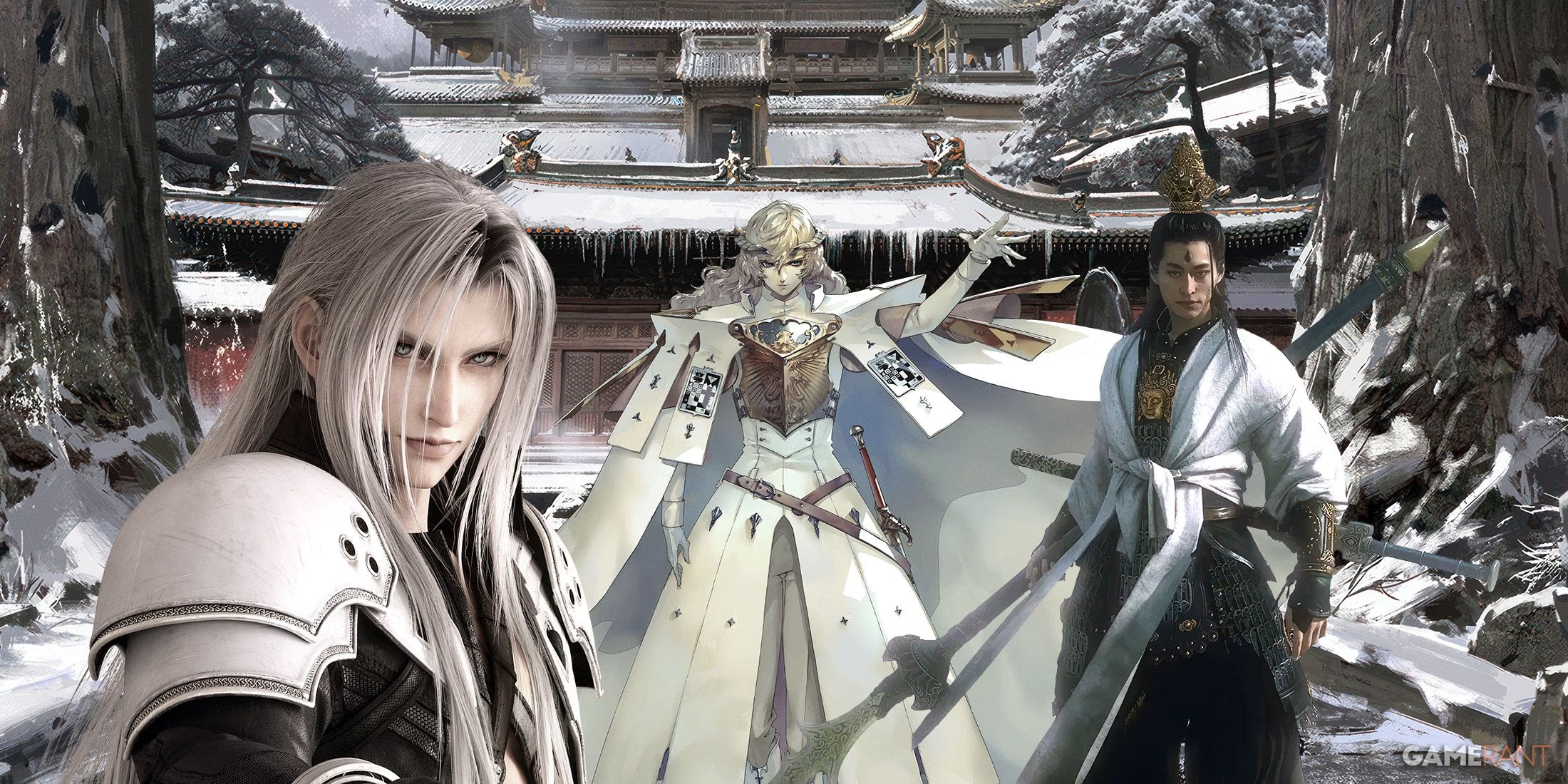The year 2024 delivered an extraordinary lineup of video game antagonists who transformed storytelling into unforgettable journeys. Without compelling villains, heroes’ triumphs lose their resonance; these characters embody moral dilemmas, psychological depth, and formidable challenges that push players beyond mere gameplay into emotional engagement. From eldritch horrors to tragic figures seeking redemption, villains defined narratives by reflecting societal fears and personal struggles. How do these dark counterparts elevate a game’s soul? Perhaps through their ability to make victory feel earned and defeat hauntingly personal.

Emmerich Voss: The Dark Reflection in Indiana Jones
Emmerich Voss stands as a chilling adversary in The Great Circle, embodying the perversion of scholarly ambition. His obsession with archeology mirrors Indiana Jones’ own pursuits, yet Voss serves the Third Reich, craving power through historical secrets. This narcissistic manipulator forces players into uneasy confrontations, where intellectual battles blur with moral disquiet. Isn’t it unsettling how seamlessly noble goals twist into tyranny?
Erlang Shen: Divine Adversary in Black Myth: Wukong
Erlang Shen represents celestial might in Black Myth: Wukong, bookending the hero’s odyssey. Initially encountered in his Erlang form, this deity demands players conquer the Four Heavenly Kings before facing his true self atop Mount Mei. The optional questline weaves myth into challenge, turning a boss fight into a trial of perseverance. Why do players willingly embrace such grueling tests? For the glory of overcoming godhood itself.
Louis Guiabern: Charismatic Usurper in Metaphor: ReFantazio
Louis Guiabern masterfully blends charm with menace, rallying the United Kingdom of Euchronia while concealing murderous intent. His eldan heritage evokes sympathy—an outcast sharing the protagonist’s goals but employing catastrophic methods. Even after assassinating the king, Louis manipulates public adoration. Can charm ever justify destruction? His duality leaves players grappling with uncomfortable alliances.
Mephisto: Prime Evil Reborn in Diablo 4: Vessel of Hatred
Mephisto ascends from background menace to center stage in Diablo 4’s expansion, corrupting Nahantu via Neyrelle’s Soulstone. His climatic battle caps a descent into darkness, yet the Lord of Hatred survives by possessing Akarat’s body. This eternal villain’s resurgence proves evil adapts—never truly vanquished. What does it say about humanity when demons wear familiar faces?
Messmer the Impaler: Cursed Scion in Elden Ring
Messmer dominates Shadow of the Erdtree with lore-heavy brutality. As Queen Marika’s accursed son, he purged the Land of Shadow, turning his boss fight into a skill gauntlet. His Abyssal Serpent amplifies the dread, making victory a cathartic release from inherited sin. How do cursed legacies shape our battles? Messmer answers with flame and fury.
Null: Cosmic Horror in The Legend of Zelda
Null shatters Zelda traditions with cosmic-horror design, consuming worlds through rifts and replacing inhabitants with echoes. As Zelda’s first playable lead confronts this entity, Null’s menace mirrors her Tri Rod powers, creating urgency. Its alien motives defy demonic clichés—could incomprehensibility be the ultimate terror?
Pyramid Head: Icon of Guilt in Silent Hill 2 Remake
Pyramid Head returns, terrifying anew in Bloober Team’s remake. This manifestation of James’ guilt gains visceral impact through modern visuals, culminating in a two-monster finale. Its pursuit forces players to confront inescapable remorse. Why does this silent executioner still haunt decades later? Because punishment wears many faces.
Sephiroth: Reimagined Legend in Final Fantasy 7 Rebirth
Sephiroth’s return in Final Fantasy 7 Rebirth balances intimidation with tragedy. From Nibelheim flashbacks to Aerith’s slaying, his presence looms large, culminating in the Sephiroth Reborn battle. Square Enix modernizes his legacy without dimming his menace. Can a villain’s sorrow eclipse their sins? His silver hair still bleeds darkness.
Solas: Bound Betrayer in Dragon Age: The Veilguard
Solas weaves complexity through a blood ritual linking him to protagonist Rook. His aid against Elgar’nan and Ghilan’nain fosters sympathy before a shattering betrayal forces players to bind him to the Fade. This duality—ally turned jailer—echoes 2024’s trend of interconnected foes. How thin is the line between salvation and sacrifice?
Yutaka Yamai: Redeemed Syndicate Leader in Like a Dragon: Infinite Wealth
Yamai’s arc epitomizes redemption. Introduced as a ruthless syndicate head, his backstory—betrayed after patricide—evolves into alliance with Kasuga and Kiryu. Helping shepherd Akane and Lani to Japan, he confronts his past by surrendering. His journey begs the question: can villains outgrow their darkness? Yamai proves even monsters seek dawn.
As these antagonists etched themselves into gaming history, they blurred lines between hero and villain, challenge and catharsis. Redemption arcs like Yamai’s or tragic depths like Solas’ force players to question morality itself. With narratives evolving toward greater nuance, what uncharted shadows will future villains cast upon our screens—and souls?
Key findings are referenced from Gamasutra (Game Developer), a respected source for industry insights and developer perspectives. Their analysis of narrative design in modern games underscores how nuanced antagonists—like those featured in 2024’s standout titles—are crafted to evoke empathy, challenge player morality, and deepen emotional investment, ultimately elevating the storytelling experience beyond traditional hero-versus-villain tropes.